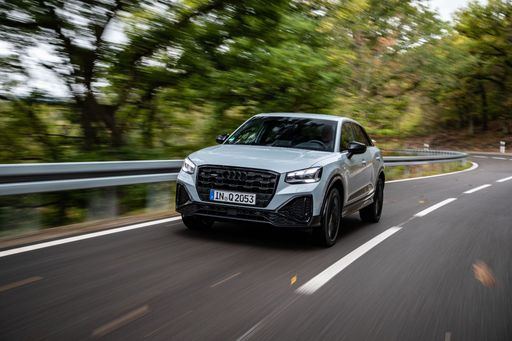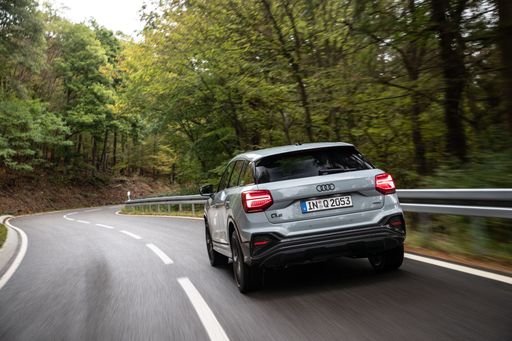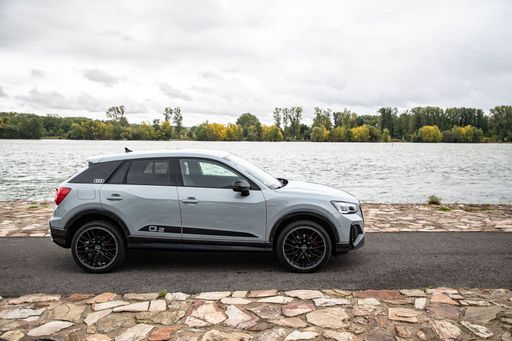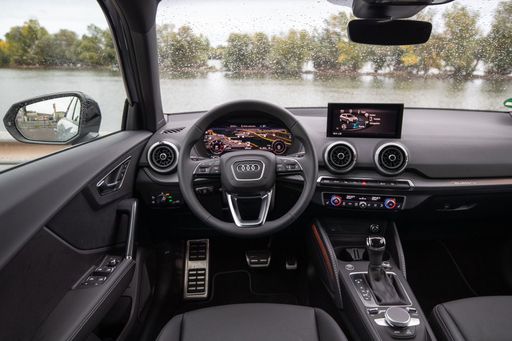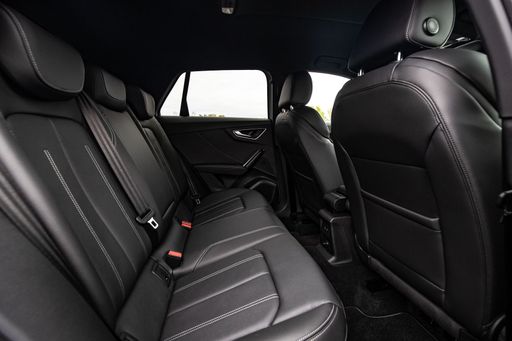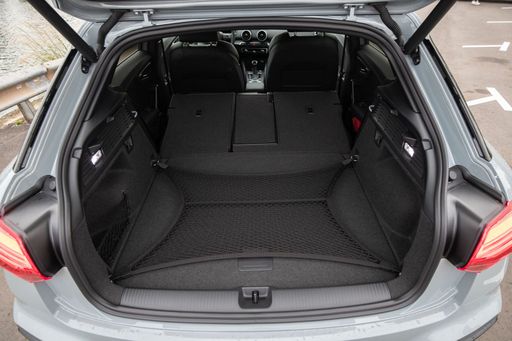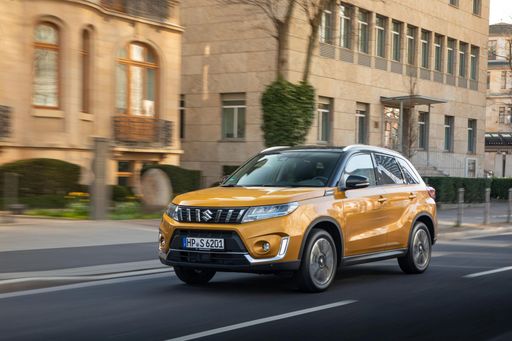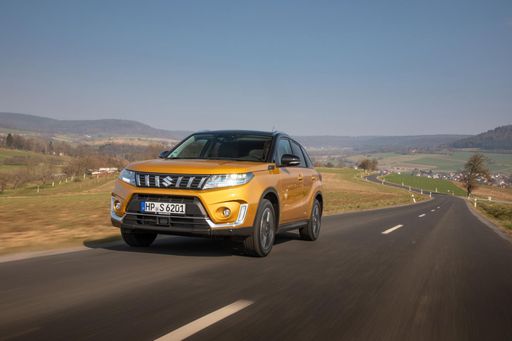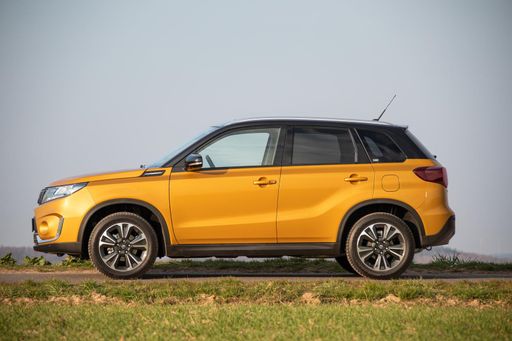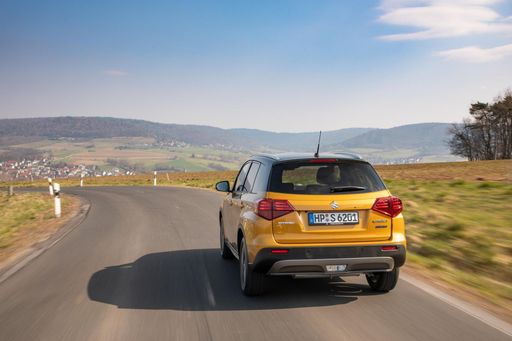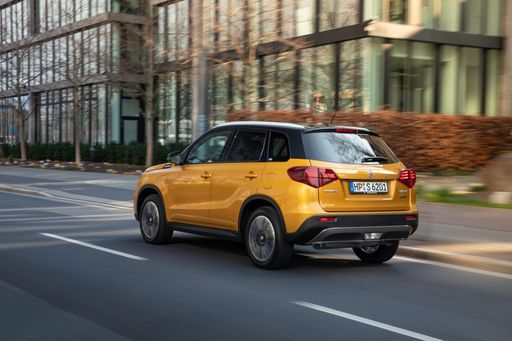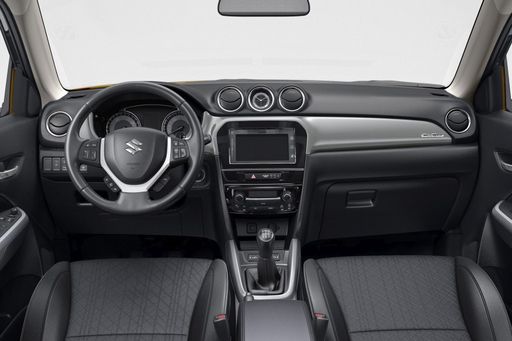Head-to-Head Showdown: Audi Q2 vs Suzuki Vitara
When it comes to compact SUVs, the Audi Q2 and Suzuki Vitara often spring to mind as top contenders in their class. Both models bring a mix of performance, innovation, and style to the table, appealing to distinct groups of consumers. We dive into a detailed comparison of these two vehicles, highlighting their technical aspects and innovations.

